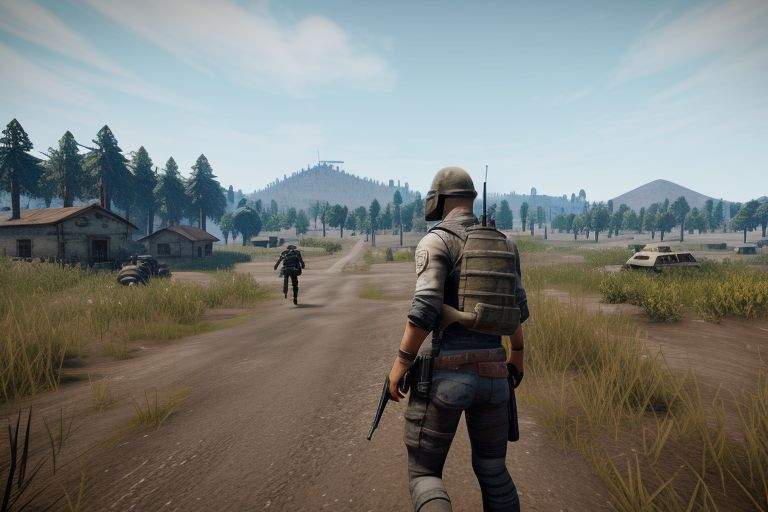
Our solar system is a vast and awe-inspiring place, comprising eight planets, dwarf planets, asteroids, comets, and other celestial bodies, all orbiting around our star, the Sun. Each planet has its unique features, characteristics, and beauty, making our solar system a fascinating topic to explore. In this blog, we’ll take a thrilling journey through the Sun and the eight planets of our solar system, accompanied by stunning images that showcase their majesty.
The Sun
The Sun is the center of our solar system, a massive ball of hot, glowing gas that provides light, heat, and energy to our planets. Its surface temperature is about 5,500°C (10,000°F), and its gravity holds the planets in their orbits.
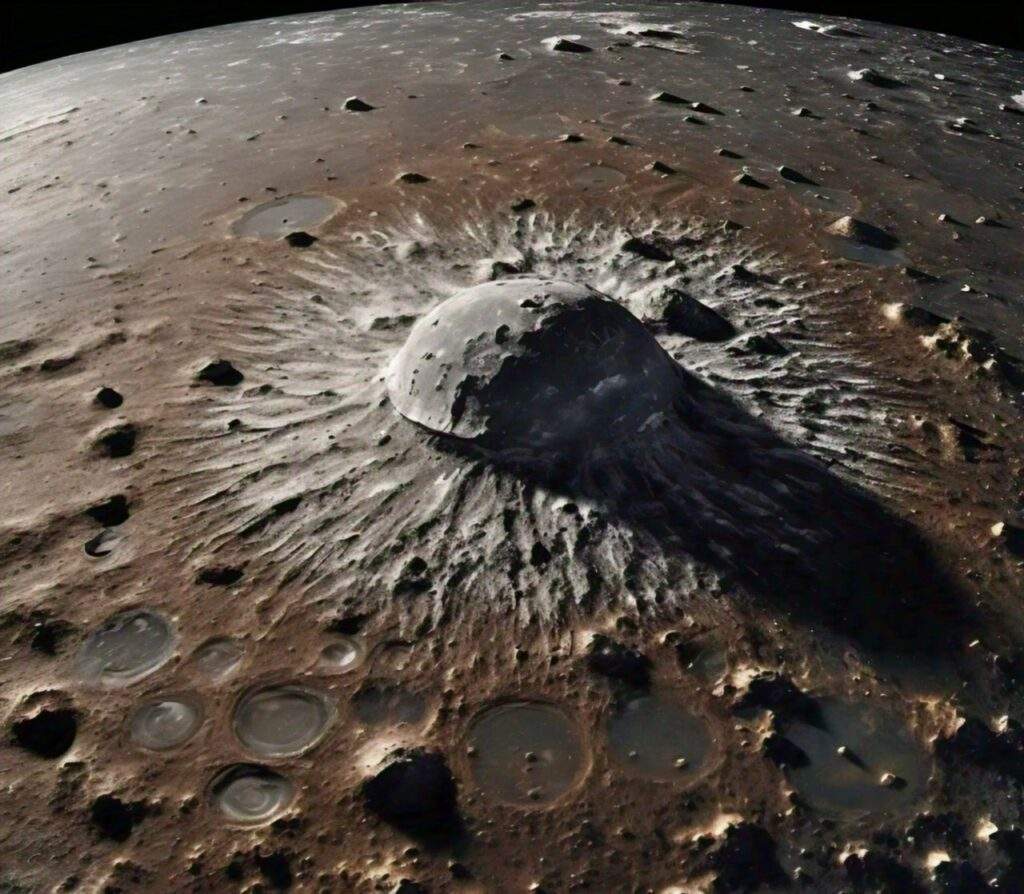
1. Mercury
Mercury is the smallest and innermost planet, with a highly elliptical orbit. Its surface is heavily cratered, indicating a geologically inactive surface. Despite its small size, Mercury has a massive iron core, making up about 70% of its mass.
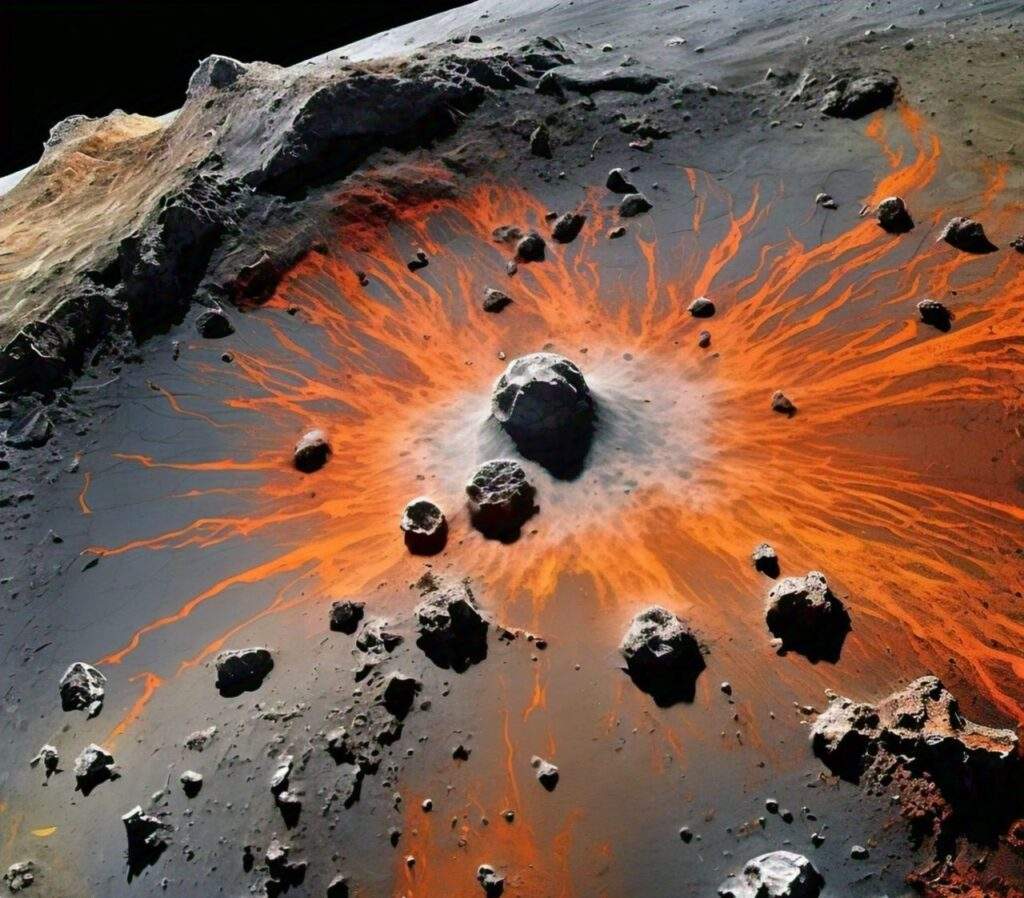
2. Venus
Venus, often called Earth’s twin due to its similar size and mass, is a scorching hot planet with a thick atmosphere. This atmosphere traps heat, making Venus the hottest planet with surface temperatures reaching up to 462°C (863°F).
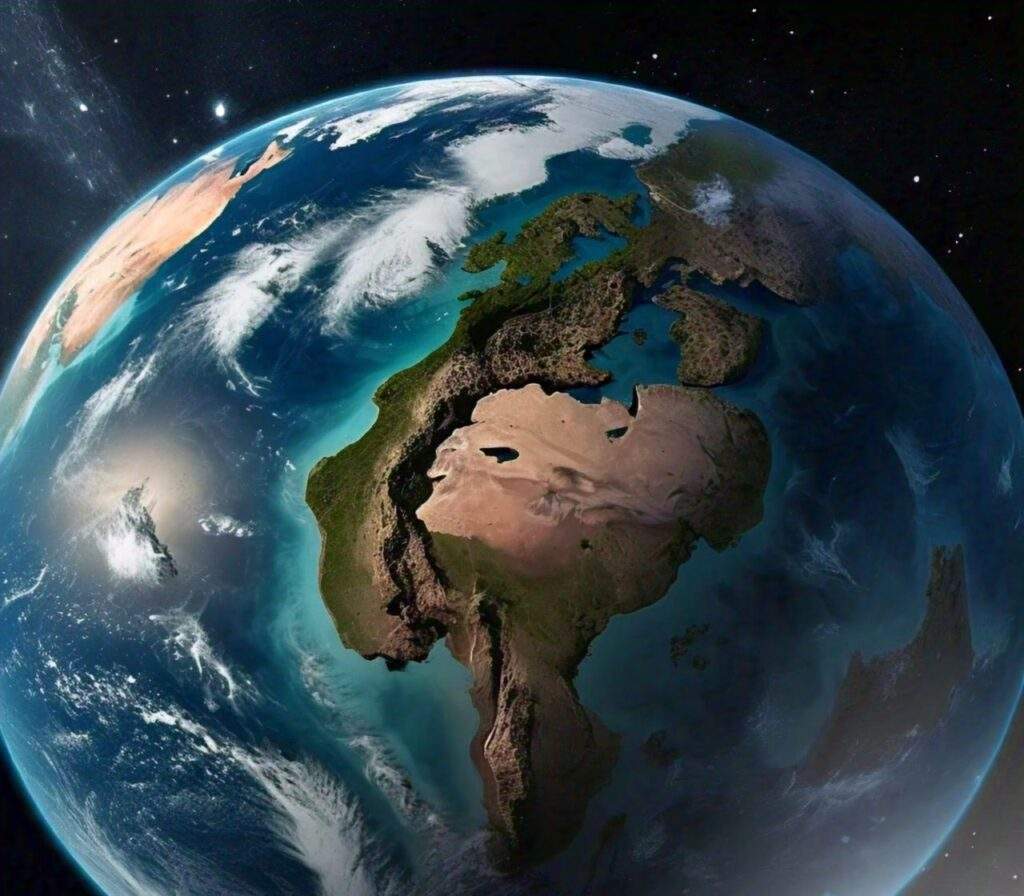
3. Earth
Our home planet, Earth, is a beautiful blue globe teeming with life. Its diverse geography, atmosphere, and hydrosphere create a perfect environment for life to thrive.

4. Mars
Mars, the Red Planet, has captivated human imagination for centuries. Its rusty red hue, towering volcanoes, and sprawling canyons make it a fascinating world. NASA’s Curiosity rover has revealed evidence of ancient lakes, rivers, and even an ocean on Mars.
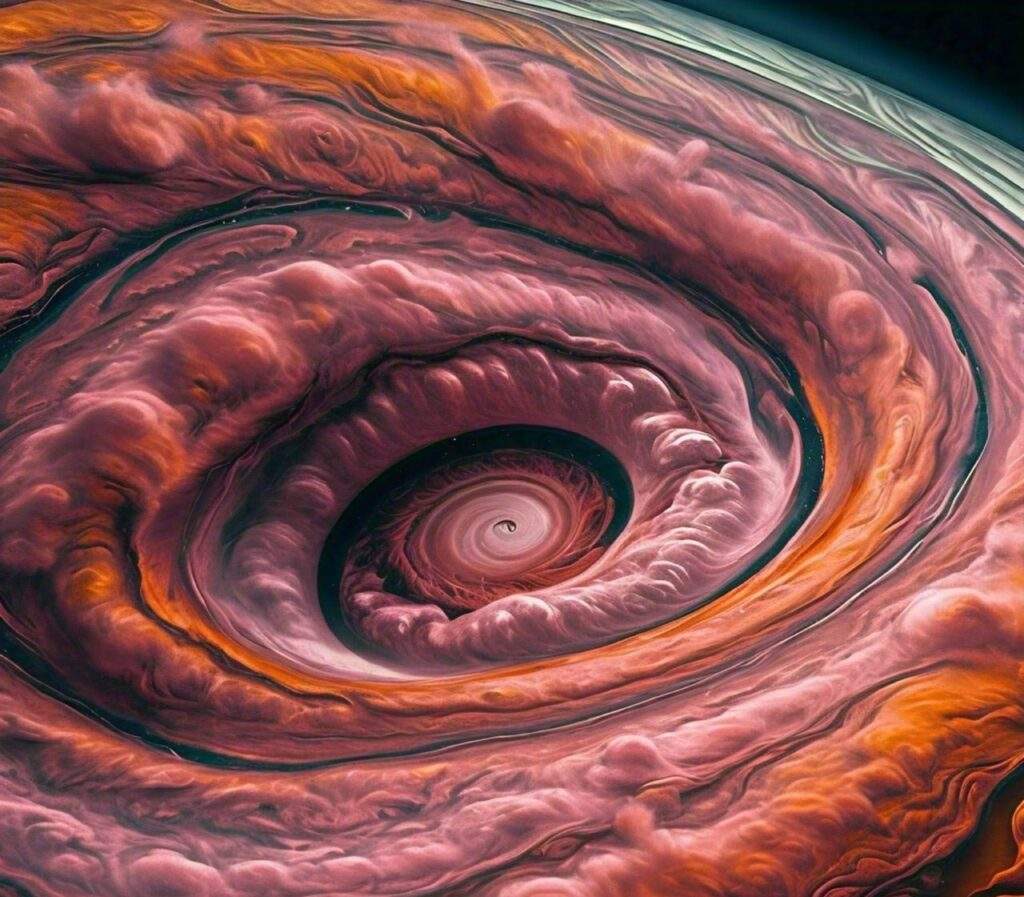
5. Jupiter
The largest planet in our solar system, Jupiter, is a gas giant with a massive stormy eye, the Great Red Spot. Its numerous moons, including Europa and Ganymede, offer insights into the planet’s formation and potential for life.
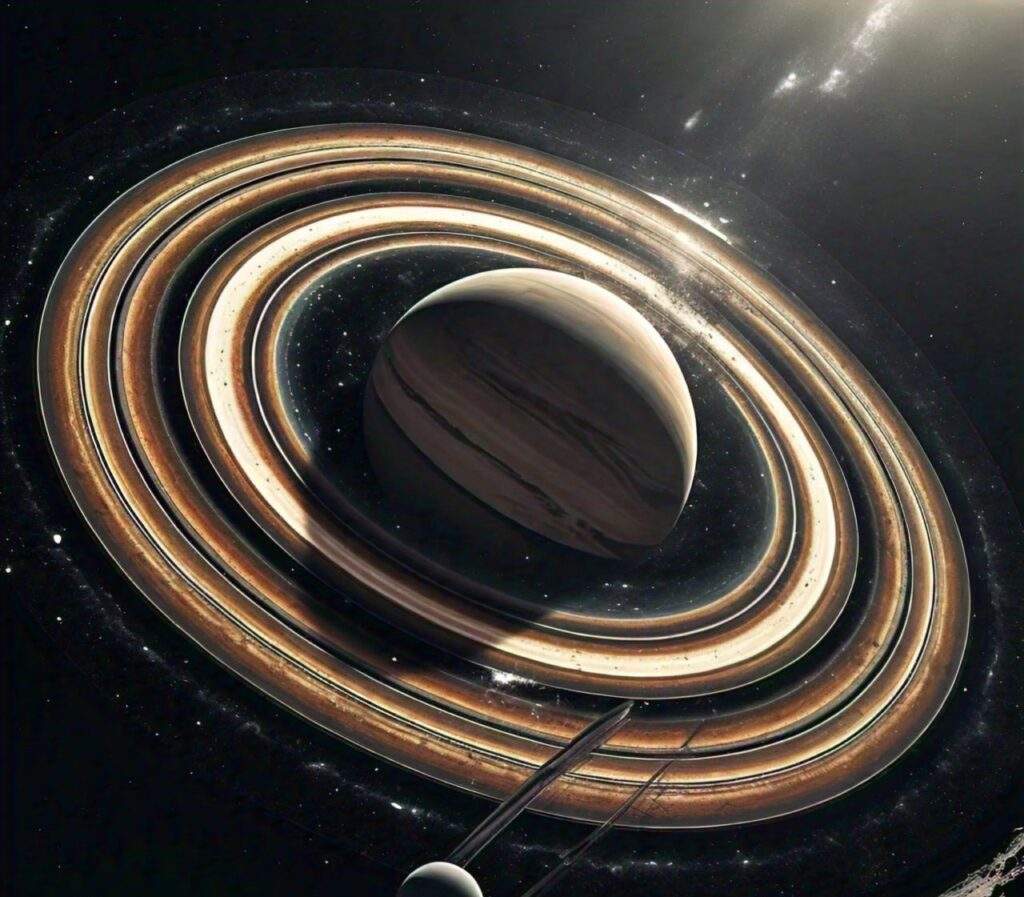
6. Saturn
Saturn, another gas giant, is renowned for its stunning ring system, composed of ice and rock particles. Its moons, such as Titan and Enceladus, boast unique features like hydrocarbon lakes and geysers.
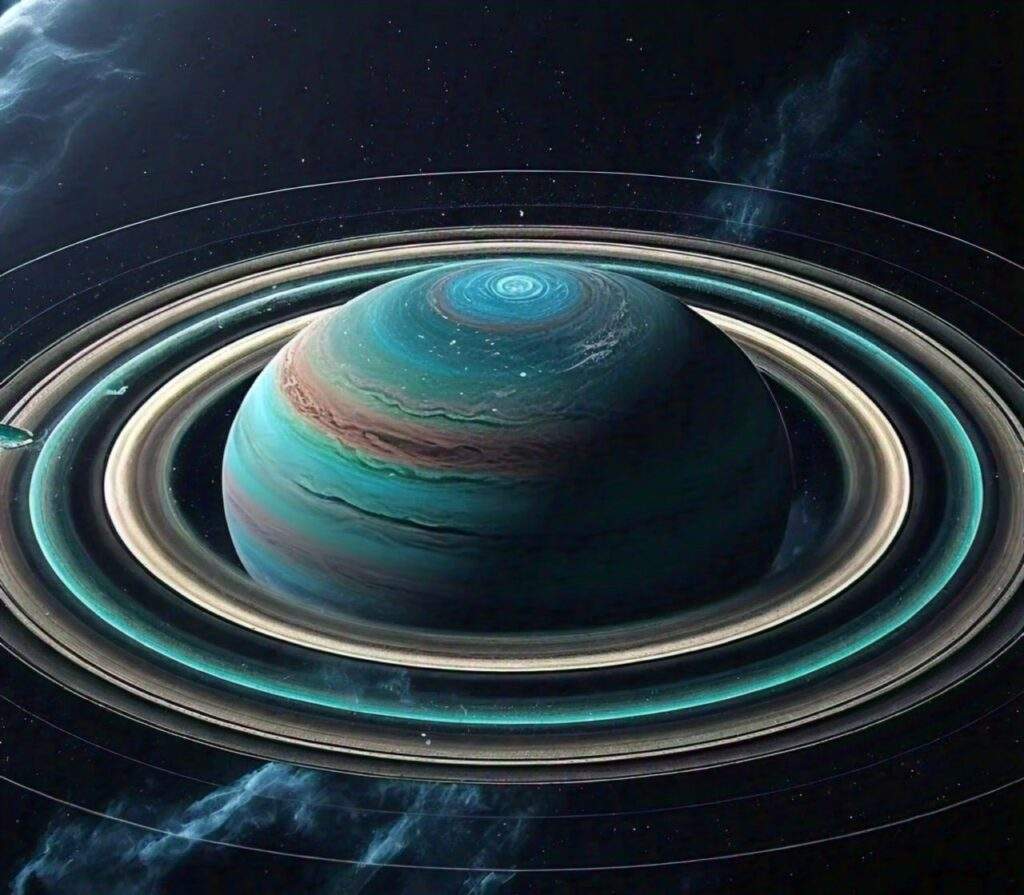
7. Uranus
Uranus, an icy giant, has a tilted axis that leads to extreme seasons. Its atmosphere is mostly composed of hydrogen, helium, and methane, giving it a distinct blue-green color.
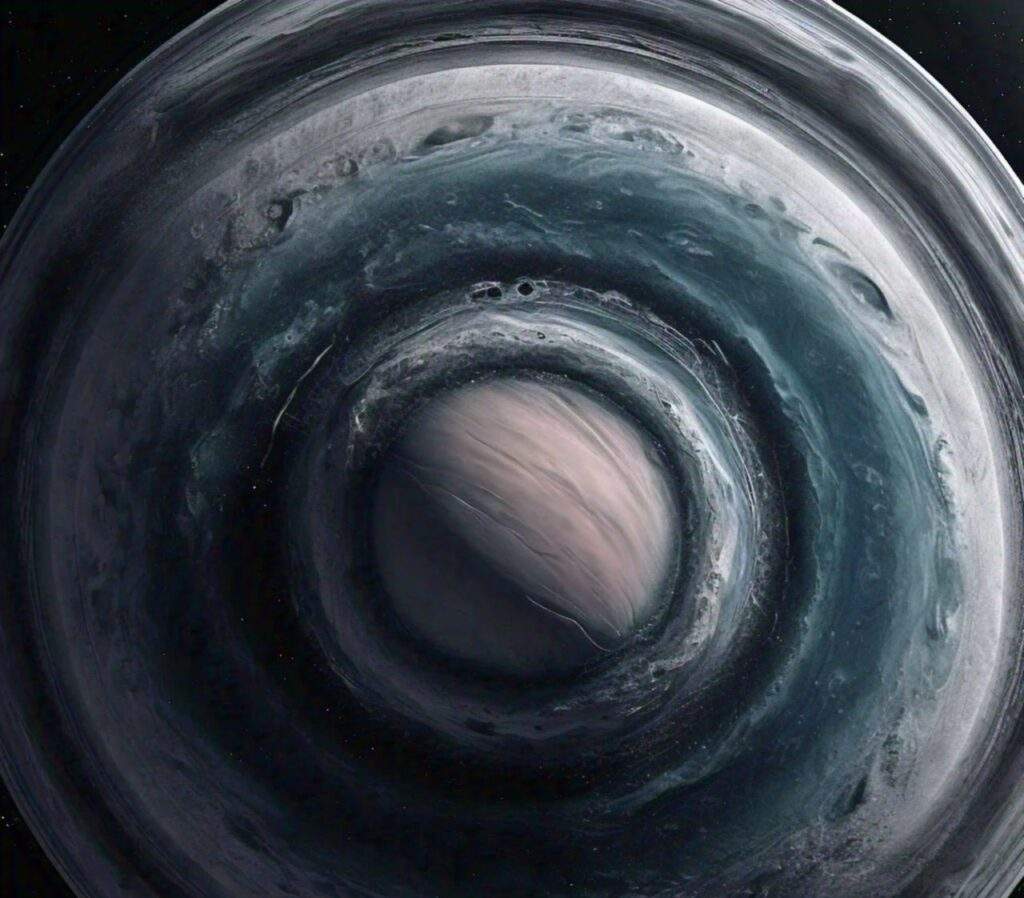
8. Neptune
The farthest planet from the Sun, Neptune, is a cold and icy world with the strongest winds in the solar system. Its moon, Triton, has geysers that spew ice particles into space.
Conclusion:
Our solar system is a breathtakingly beautiful and diverse place, with the Sun at its center and eight planets orbiting around it. Each planet offers a unique window into the formation and evolution of our celestial neighborhood. The stunning images accompanying this blog showcase the wonders of our solar system, inspiring us to continue exploring and understanding the vastness of space.
Note: All images are courtesy of NASA and its various spacecraft missions.




